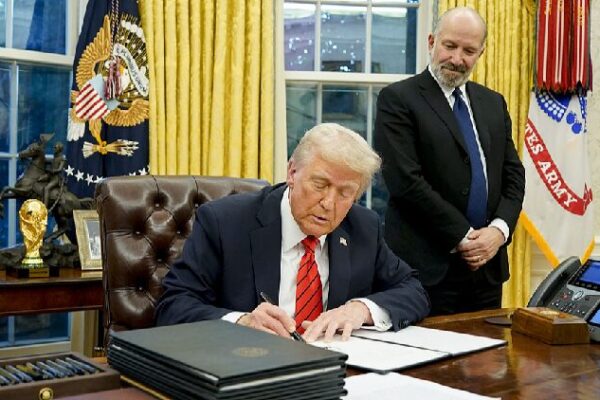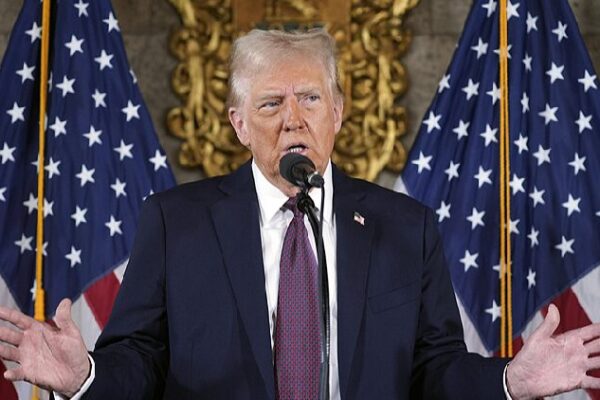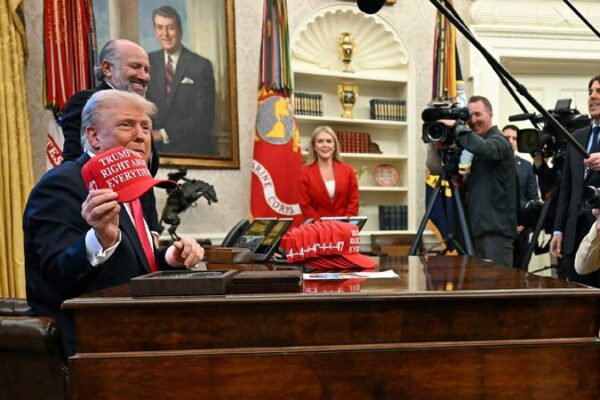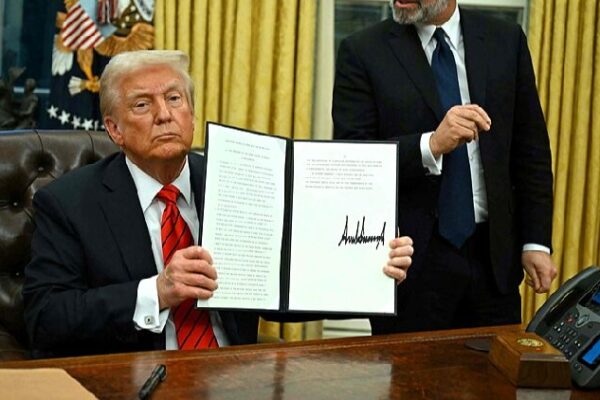The United States has reversed its plan to impose an additional 25% tariff on Canadian steel and aluminum after the Canadian province of Ontario agreed to drop its tariffs on electricity exports to three U.S. states.
On Tuesday, White House spokesman Kush Desai announced the decision, stating that Ontario Premier Doug Ford had spoken with U.S. Secretary of Commerce Howard Lutnick. “He is backing down on implementing a 25% charge on electricity exports to the United States,” Desai said in a statement.
Earlier that day, President Donald Trump had threatened to raise tariffs on Canadian steel and aluminum to a total of 50% in response to Ontario’s tariffs on electricity exports. This aggressive move heightened tensions between the neighboring countries.
In a joint statement, Premier Ford and Secretary Lutnick confirmed that Ford will travel to Washington on Thursday to discuss “a renewed USMCA ahead of the April 2 reciprocal tariff deadline.”
The trade relationship between the U.S. and Canada has been strained since Trump announced a broad 25% tariff on imports from Canada and Mexico on March 4. Although the U.S. later adjusted the tariff measures, exempting goods that meet the United States-Mexico-Canada Agreement (USMCA) conditions until April 2, Canada retaliated with its own tariffs on U.S. goods worth 155 billion Canadian dollars (about $107 billion).
As part of Canada’s response, Ontario implemented a 25% surcharge on electricity exports to Michigan, Minnesota, and New York. The recent agreement to suspend these surcharges marks a de-escalation in the trade dispute.
Desai also noted that, pursuant to Trump’s previous executive orders, a 25% tariff on steel and aluminum “with no exceptions or exemptions” will go into effect for all trading partners at midnight on March 12.
In February, Trump increased tariffs on aluminum from 10% to 25%, aligning them with the existing tariff rate for steel, and eliminated duty-free quotas, exemptions, and exclusions for these tariffs.
The willingness of both nations to step back from escalating tariffs suggests a potential easing of trade tensions. As negotiations continue ahead of key deadlines, there is hope for a more stable trade relationship between the U.S. and Canada.
Reference(s):
cgtn.com








